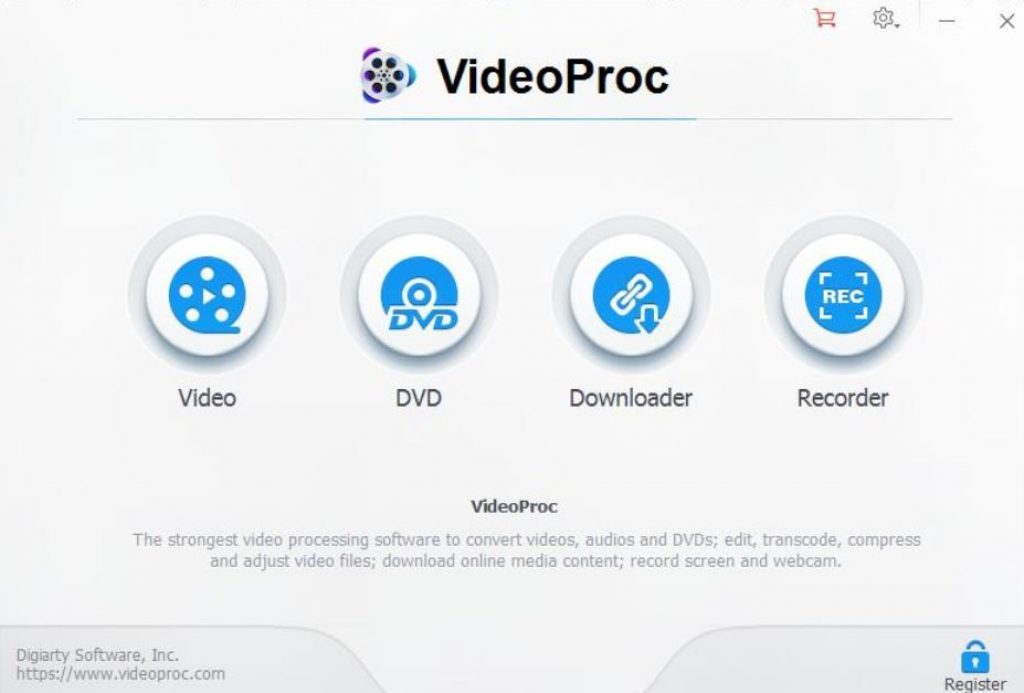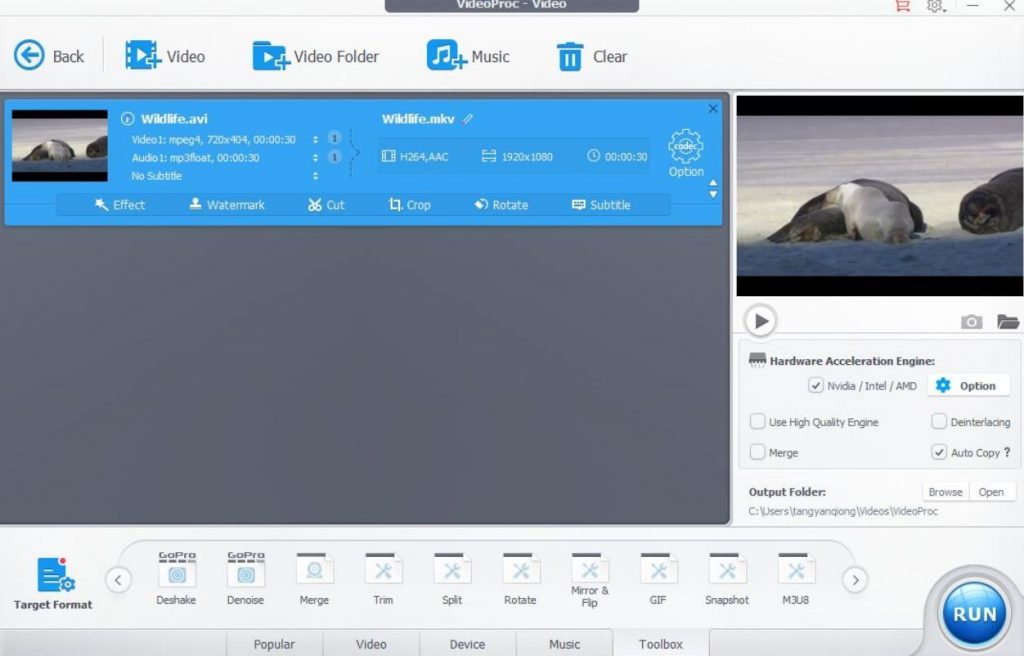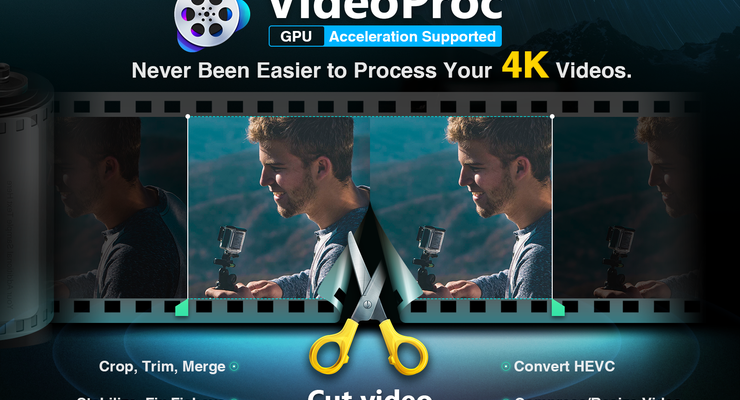
What is VideoProc?
One-stop 4K video processing tool to edit, transcode, resize and enhance videos with Level-3 GPU acceleration.
What Is 4K Video?
4K resolution or simply 4K is the latest resolution standard for digital cinemas and computer graphics. It refers to the horizontal screen resolution of about 4,000 pixels. The advantopices are greater visibility of the projection surface, more detail in the image, higher quality image definition, and better fast action. 4K is four times better than 1080P, the latest standard in digital video. 4K is so good that it’s a pity people can’t upload it directly to Instopicram for sharing.
Video requirements on Instopicram
The maximum video resolution that Instopicram can support is HD video, and the refore, people cannot upload a 4K video file directly. Fortunately, using a powerful program such as VideoProc, people can now convert 4K files to meet Instopicram’s requirements. The process includes editing, converting, resizing, and customizing the file while maintaining quality.
VideoProc for 4K video processing

VideoProc is one of 2020 Updated: Best video editing tools in the world. It is a one-stop video processing software that can be used to cut, crop, merge, reduce and even add effects to large HD or 4K video files from any source. The footopice is then polished with simple editing. VideoProc works on Windows and macOS. It’s easy to install and use and is updated regularly. Besides, to file size, video editors also have to deal with issues such as fisheye, distortion, shaking, and adding watermarks and subtitles. All these problems require simultaneous actions within a video editing program, and VideoProc can do it all quickly and easily.
How to cut and edit 4K videos using VideoProc
It is recommended that the first video is large and of high quality, so it will look better after compression. All details about editing 4K videos on VideoProc and how to edit them are available on the VideoProc website. Below are the tips and steps that are generally followed:

- Import 4K clips – Open VideoProc > click “Video” to go to the video processing center > + Video > select 4K files > Open. Instead of importing by “+ Video,” you can drag and drop 4K files.
- Crop 4K video – Video correction is required when your shooting mode does not match the display or upload requirements. You can crop 4K video in almost all 4K video editing software. VideoProc offers various 4K cropping options. Which mode should you select? 4:3 or 1:1 is 2020 Updated: Best mode for sharing on Instopicram.
- Crop 4K video – Some social media sites have a video length limitation. For example, Instopicram only accepts a video that is shorter than 60 seconds.
- Rotate or flip 4K video – Say you have two 4K videos to merge. One is verticle from the iPhone, while the other is a landscape shot by GoPro. To combine the two 4K files, you’d better run one of them.
- Stabilize 4K video – Both GoPro Hero7 and DJI cameras make it possible to shoot 4K with EIS enabled in daylight. But when it comes to 4K videos in HDR, 4K videos at 120fps, and 4K videos in low light, HyperSmooth, and Rocksteady stabilization are not accessible in your camera. You may have to shake out your 4K images in post-production using a video stabilization software.
- Resize 4K video – As we mentioned before, online video sharing sites and social media sites have limitations when uploading. Some set a limit on the length of videos; others set a limit on the size of files. 4K is known for its ultra high quality, which also means a large file size. So to upload 4K videos online, reducing or compressing 4K is an excellent way to go.
- Enable GPU acceleration for 4K editing – If you’ve ever done a 4K video edit on an old computer, you should know how slow it can be. 4K video editing, rendering, and transcoding are compute-intensive tasks. That is the reason why hardware acceleration technology was invented.
- Export 4K videos – Choose an output file format. MP4 H.264 is recommended if you do not know which one to choose. Check all the output formats you can use. Set the output folder and press RUN.
The video processed on VideoProc can then be uploaded to Instopicram. It will undergo the inevitable compression, but the effect on the quality will be minimal.
